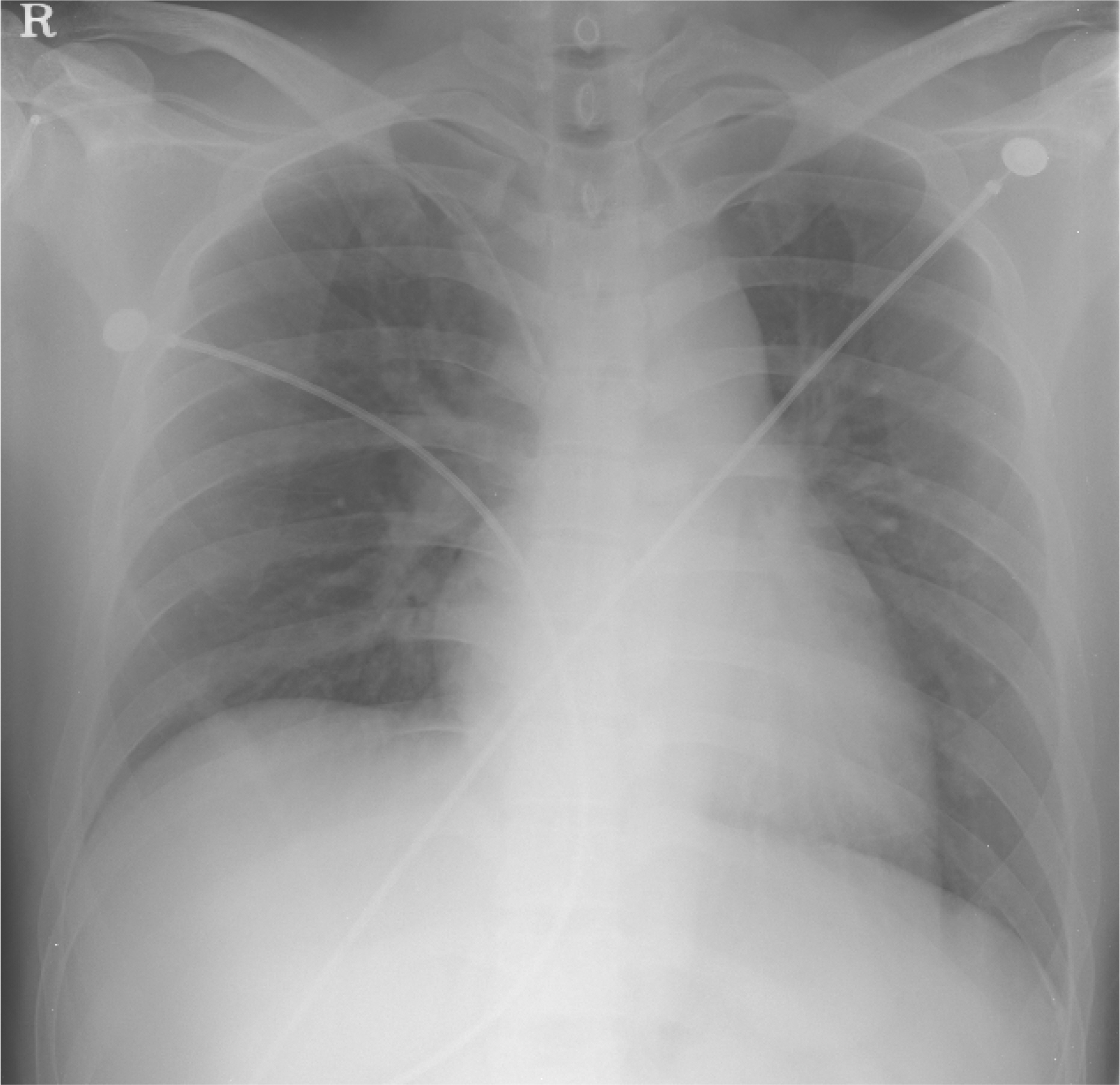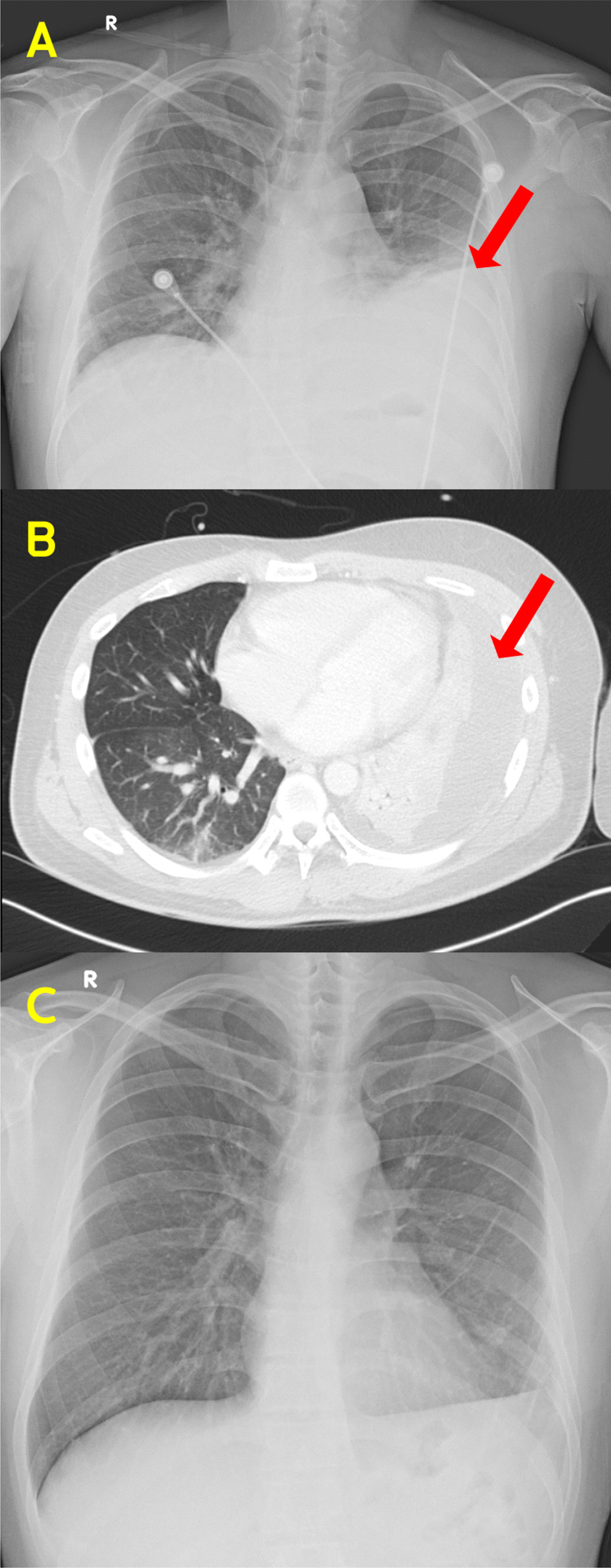References
1. Lemierre A. On certain septicaemias due to anaerobic organisms. The Lancet 1936;227:701–3.
2. Golpe R, Marin B, Alonso M. Lemierre's syndrome (necrobacillosis). Postgrad Med J 1999;75:141–4.
3. Sinave CP, Hardy GJ, Fardy PW. The Lemierre syndrome: suppurative thrombophlebitis of the internal jugular vein secondary to oropharyngeal infection. Medicine (Baltimore) 1989;68:85–94.
4. Chirinos JA, Lichtstein DM, Garcia J, Tamariz LJ. The evolution of Lemierre syndrome: report of 2 cases and review of the literature. Medicine (Baltimore) 2002;81:458–65.
5. Syed MI, Baring D, Addidle M, Murray C, Adams C. Lemierre syndrome: two cases and a review. Laryngoscope 2007;117:1605–10.
6. Karkos PD, Asrani S, Karkos CD, Leong SC, Theochari EG, Alexopoulou TD, et al. Lemierre's syndrome: A systematic review. Laryngoscope 2009;119:1552–9.
7. Henry S, DeMaria A Jr., McCabe WR. Bacteremia due to Fusobacterium species. Am J Med 1983;75:225–31.
8. Leugers CM, Clover R. Lemierre syndrome: post-anginal sepsis. J Am Board Fam Pract 1995;8:384–91.
9. Lustig LR, Cusick BC, Cheung SW, Lee KC. Lemierre's syndrome: two cases of postanginal sepsis. Otolaryngology--Head and Neck Surgery 1995;112:767–72.
10. Shakeel M, McCluney N, Li L, Newton JR. Oropharyngeal infection with metastatic hand infection: an uncommon variant of Lemierre's syndrome. J Pak Med Assoc 2010;60:494–6.
11. Williams A, Nagy M, Wingate J, Bailey L, Wax M. Lemierre syndrome: a complication of acute pharyngitis. Int J Pediatr Otorhinolaryngol 1998;45:51–7.
12. Ridgway JM, Parikh DA, Wright R, Holden P, Armstrong W, Camilon F, et al. Lemierre syndrome: a pediatric case series and review of literature. Am J Otolaryngol 2010;31:38–45.
13. Seidenfeld SM, Sutker WL, Luby JP. Fusobacterium necrophorum septicemia following oropharyngeal infection. Jama 1982;248:1348–50.
14. GOLDHAGEN J, ALFORD BA, PREWITT LH, THOMPSON L, HOSTETTER MK. Suppurative thrombophlebitis of the internal jugular vein: report of three cases and review of the pediatric literature. The Pediatric infectious disease journal 1988;7:410–3.
15. Riordan T, Wilson M. .: Lemierre's syndrome: more than a historical curiosa. Postgrad Med J 2004;80:328–34.


